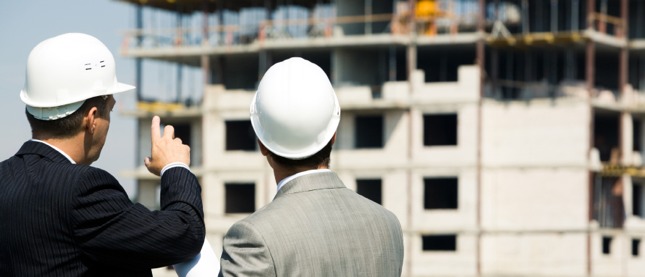The Function and Influence of Property Developers in Shaping Urban Landscapes
The Function and Influence of Property Developers in Shaping Urban Landscapes
Blog Article
In the crowded world of real properties, developers of property are acknowledged as visionary architects of urban landscapes, shaping skylines and communities alike. With a blend of creativity along with financial expertise, the ability to plan strategically, these experts have a key role to play in turning vacant properties into vibrant neighborhoods and dilapidated structures into modern wonders. This article explores the complex world of property developers and explores their roles, responsibilities, and enduring impact on the built surroundings.
The core of a responsibility for property developers is search for and acquisition of appropriate areas for development. This initial phase entails rigorous research, market analysis feasibility studies, feasibility studies and risk evaluations to assure the sustainability and viability of the development. Developers must navigate zoning regulations, environmental considerations, and legal challenges to get all necessary permits and approvals. The ability of developers to identify hidden potential in unexplored areas frequently opens the door to an economic boom and revitalization in cities.
However, the pursuit of profitability can often clash with the larger societal interest. One of the most contentious concerns concerning property developers is the trend of growing gentrification. While they are investing in neglected neighborhoods or historical districts and property values increase attracted by wealthy residents and firms. While this injects new vitality to once decrepit areas however, it can also cause displacement of the long-time residents as well as small enterprises increasing socio-economic inequality. Finding a balance between revitalization initiatives and protection of the community's identity as well as the affordability of housing remains a challenge for developers and policymakers alike.
Furthermore, the impact on the environment of construction projects can't be ignored. Developers of property are under increasing demand to develop sustainable strategies to reduce carbon emissions, preserve green spaces, and improve efficiency in energy use. Sustainability-focused design options like green roofs, rainwater harvesting systems, as well as LEED certification are now standard aspects in the modern development. Beyond complying with rules builders are now recognizing the long-term benefits of environmentally eco-friendly initiatives. They include cost savings, market competitiveness, and positive public perception. To acquire further information please see this
The viability of a construction project is not just dependent upon its physical features, however also on its market branding and positioning. Developers of property employ creative marketing strategies in order to distinguish their developments and draw in either tenants or buyers. The process involves crafting compelling stories along with visual identities and sales programs that connect with their target market. Whether it's luxury condominiums marketed for buyers with high-end tastes or budget properties targeted at new homeowners Effective branding is crucial to increase sales and maximize the return on investment. Additionally, developers make use of technological advancements as well as social media to connect with a wider range of customers as well as engage potential buyers within a constantly changing market.
The viability of development projects depends not only on their financial viability, but also on social acceptance and community engagement. Participation of stakeholders, open communication and corporate social responsibility initiatives are key elements of responsible development methods. Participating with citizens as well as NGOs and advocacy groups fosters trust, encourages inclusiveness, and guarantees that development plans coincide with the wider interests of society. Furthermore, the inclusion of elements of placemaking, such as places for public art, recreation areas, as well as cultural facilities enhances the fabric of communities and creates a sense connection among the inhabitants.